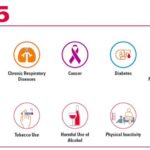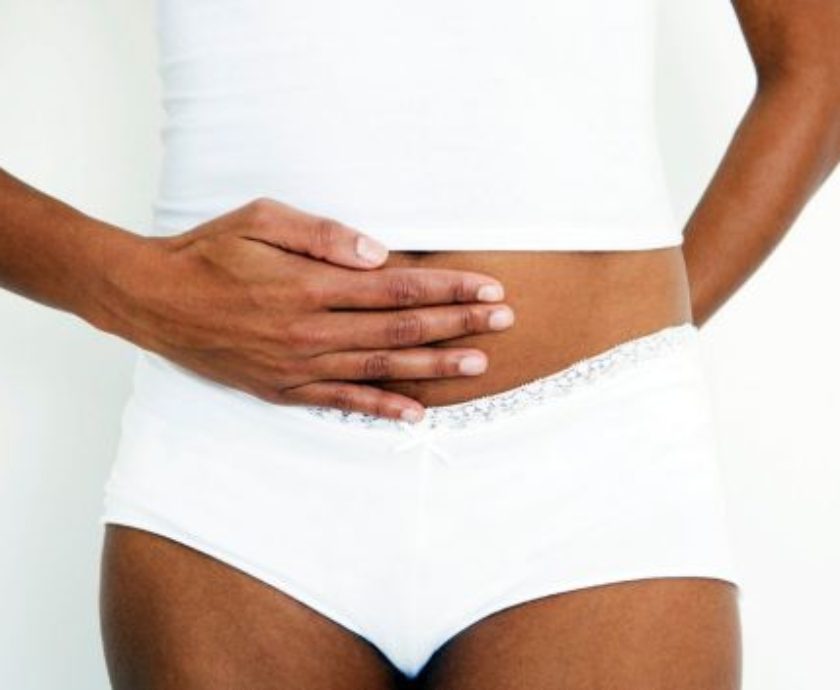Today, we are delighted to share an article from our guest blogger, Teresa Coburn. Teresa is a registered nurse with 30 years of clinical experience. She is now using her expertise, knowledge and skills to create engaging and socially responsible health content.
If you have ever had a period, you will know how uncomfortable it can be! Stomach cramps, mood changes and craving sweet foods can be common symptoms.
But what is happening inside our bodies to make us feel this way?
Girls usually start their periods during puberty, typically between the ages of 11 and 17, and they will get periods all their life until they reach menopause around the age of 50. Also called ’Menstruation’, this is the regular vaginal bleeding that happens as part of the monthly Menstrual Cycle.
The Menstrual Cycle is a complex 4-stage process, driven by several important hormones, that happens every month to prepare the body for pregnancy. If pregnancy doesn’t occur, the period starts and the cycle begins again.
Stages of the Menstrual Cycle
Stage 1. Menstruation (Days 1-6) – This is your period. The lining of the uterus sheds and you lose blood from your vagina. It marks the first day of the cycle and usually lasts for around 5 days.
- Hormone activity: Oestrogen and Progesterone levels decline.
- How you may feel: Low in energy and tired.
Stage 2. Follicular phase (Days 7-11) – This is the time between your period coming to an end and before you release an egg (ovulate). During days 7 – 11, an egg starts to mature and the lining of the uterus thickens, ready to receive a fertilised egg and develop into a pregnancy.
- Hormone activity: Follicle-stimulating hormones (FSH), Oestrogen, and Testosterone levels begin to rise.
- How you may feel: Energy is beginning to return.
Stage 3. Ovulation (Days 12 – 16) – An egg is released from the ovary. This usually happens in the middle of the cycle around days 12-16. The risk of pregnancy is very high if the woman has sex during this stage.
- Hormone activity: Oestrogen and Testosterone peak. Luteinising hormone (LH) is released.
- How you may feel: Energetic, confident and motivated.

Stage 4. Luteal phase (Days 17-28) – This stage is the 11 days leading up to your next period and completes the Menstrual Cycle. The egg travels to the uterus through the fallopian tubes. If the egg is fertilised it will attach to the lining of the uterus and the woman will become pregnant. If the egg is not fertilised, the uterus gets ready to shed its lining and the menstrual cycle starts again from the beginning of Stage 1.
- Hormone activity: Oestrogen, Testosterone, FSH and LH decrease.
- How you may feel: Energised in the first week, and in the second week PMS symptoms may begin appearing.
Although the menstrual cycle can average 28 days, many women experience differences in the length of their cycle. Anywhere from 21 to 35 days is common. And it can change each month depending on age, and lifestyle factors like stress or diet.
Pre-Menstrual Syndrome
The hormonal changes that occur during the Menstrual Cycle can have a big influence on your moods and emotions. Pre-Menstrual Syndrome (PMS) is a term used for the range of symptoms you can experience in the days before your period (Luteal phase). These can include:
- Mood swings and irritability.
- Bloating and fluid retention, which can cause weight gain.
- Breast tenderness.
- Stomach cramps.
- Craving for sugary food or being more hungry than usual.
During this time, it is important to take care of yourself, physically and emotionally. Try to get a good sleep each night. Staying hydrated, eating regular healthy meals and taking gentle exercise can help stabilise your mood and your appetite.
Menstruation
The first few days of your period (menstruation) can be uncomfortable and you may experience:
- Pain – stomach cramps, back pain, pain that goes down your thighs or into your bottom.
- Headaches
- Occasional diarrhoea
- Heavier bleeding
- Nausea
The pain should be mild and easily managed with over-the-counter painkillers such as Paracetamol or Ibuprofen. Gentle exercise, like walking, can also help ease the pain.
A hot water bottle or heat packs can be soothing for the tummy and the lower back.
Some people find aromatherapy oils to be calming and relaxing. Lavender is a good choice to mix with olive oil and massage over your tummy.
Meditation and deep breathing, or relaxing in a hot bath can also help. But sometimes rest is all you can manage, so curl up with a good book, or a favourite TV show if you get the chance.
When to see a doctor
If any of your symptoms become severe or unmanageable, last longer than a few days, or you develop a fever, please go and see your doctor. There may be something else going on that needs medical attention.
Sometimes our menstrual cycle fluctuates and we notice different symptoms. This usually means our body is experiencing changes. If you experience any of the following, please go and see your doctor.
- Late periods or missed periods.
- Periods coming more than once a month.
- Very heavy bleeding.
- Periods lasting longer than usual.
- Excessive pain that interferes with daily life.
• Spotting or bleeding between periods or after sexual intercourse.
Overall Period Health
During your period, it’s important to use menstrual or sanitary products correctly, change them regularly and maintain cleanliness to prevent complications or infections. Always wash your hands thoroughly with soap and water, before and after changing your menstrual products.
Some options for menstrual products include:
- Sanitary pads – these attach to the inside of the underwear and absorb menstrual blood externally.
- Tampons – are inserted into the vaginal canal and absorb menstrual blood internally.
Both of these options need to be disposed of correctly in a bin and not flushed down the toilet.
- Period underwear -is used like normal underwear and has layers of special material to absorb menstrual blood externally.
- Menstrual cups – a small latex or silicone cup that is inserted into the vaginal canal and rests against the vaginal wall to collect the menstrual blood. It is removed, emptied, rinsed and replaced.
- Reusable pads – these are cloth, washable pads that are used in the same way as disposable pads.
These are reusable, climate-friendly and cost-effective options. They need to be cleaned thoroughly after each use.
Conclusion
A healthy menstrual cycle is a complex dance of hormones that can be uncomfortable on occasion but is a natural and normal part of being a female. Understanding the process may help alleviate some of the discomfort and confusion you may have during this time. Making sure you are looking after your physical and emotional wellbeing during each stage is essential. Choose the sanitary protection that suits your lifestyle the best, and always maintain clean hygiene practices.
And remember, if you experience any unusual symptoms or have any concerns, please contact your doctor.












